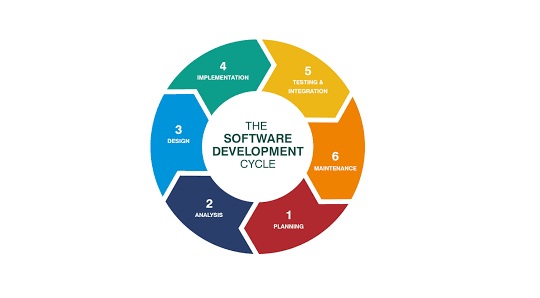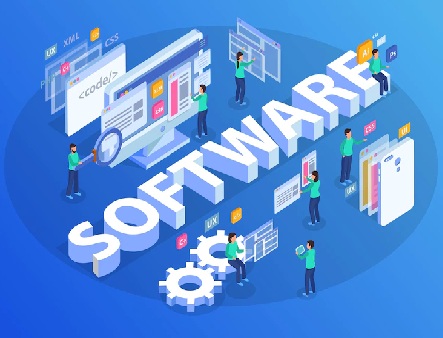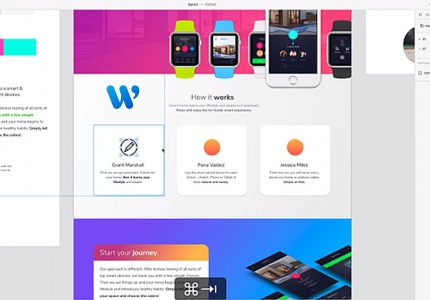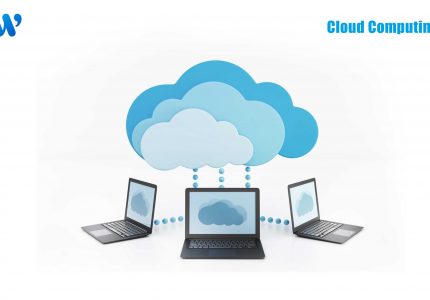Software development is important to all areas of our life. People, businesses of all sizes, and even startups rely on diverse software to do various activities on a regular basis. When compared to other IT businesses, enterprise software has clearly the fastest growth rate. Even after the COVID-19 epidemic bring the world to a stop, software development rise rapidly in 2021. According to Statista, global investment incorporating software development has reached roughly 516 billion dollars in 2021.
Also, Read School Management Software Development
Software Development Phases
For developing reliable software, seven SDLC{Software Development Life Cycle) phases come into the action.
1- Requirement Analysis
Requirement Analysis is similar to Requirement Engineering. It is a way of determining user expectations for new or changed software. It is requirement collecting or requirement capturing in the software development process. Furthermore, Requirement Analysis includes all the tasks that go into determining the needs to meet the project. Also, taking into account the potentially conflicting requirements of the various customers, analysing, documenting, validating, and managing software requirements.
What Actually is Requirement?
The skills that the end-user needs to solve an issue or achieve a goal is the software requirement. A requirement is simply software that must be capable of satisfying the expectations of a system or system component in order to satisfy a contract, specifications, standards, or other officially required documents. Finally, we are looking forward to building high-quality software that fulfils the genuine demands of our clients on time and within budget. However, the most difficult problem is communicating the final product idea to the customer. So, it is important that all project members have a general understanding of how the product will appear and feel.
Requirement Analysis Activities
The success or failure of system or software development processes is dependent on requirement analysis. These requirements should be actionable, documented, quantifiable, traceable, and tested in relation to specified business needs and opportunities.
The team should know sufficient detail to allow for system design. Requirements analysis consists of four sorts of activities:
- Capturing Requirements
- Understanding Requirements
- Modelling of Requirements
- Review and case study
Team members presume on what happened during the iteration and identify actions for future improvement. Requirements analysis is a collaborative process that involves a mix of hardware, software, engineering experience, and interpersonal skills. The following are the primary actions for requirement analysis:
- Determine the customer’s requirements.
- Evaluate the system’s reliability.
- Conduct an economic and technical study.
- Assign functions to system elements.
- Set standards and limits.
- Create definitions for the system.
Techniques for Requirement Analysis
Businesses can use requirement analysis to determine the actual requirements of the client. Furthermore, it allows the development team to interact with clients in a language they understand (such as charts, models, and flowcharts) rather than pages of text.

2- Feasibility Study
The Feasibility Study is the test of the proposed system in terms of its usability, satisfying user needs, effective resource use, and cost-effectiveness. When we analyse the practicality of a proposal, we run feasibility tests. As a result, this test allows us to determine whether the solution proposed to meet the requirements is feasible and implementable in software. The primary goal of the feasibility study is to determine why it is necessary to design software that is acceptable to end-users, can forecast changes, and is conformable to established standards.
Feasibility Study Objectives
- Helps you in determining whether the software will fulfil the needs of your company.
- To examine if the team can develop software using existing technology and within the budget and timeframe stated.
- To see if they can merge programme with other software that already exists.
Feasibility Study Types
Basically, we have four types of Feasibility Study
1- Economic Feasibility
The software will be economically viable if it reflects on the following issues.
- Developing cost of software to deliver long-term benefits.
- The expense of doing a complete software inquiry (such as requirements elicitation and requirements analysis).
- Hardware, software, development staff, and training costs.
2- Operational Feasibility
The software will also be operationally feasible if it determines –
- the problems mentioned in the user requirements are high priority.
- whether the software development team’s proposed solution is acceptable.
- whether or not users will adapt to the new software.
- if the various solutions presented by the software development team satisfy the business.
3- Technical Feasibility
The software will be operationally feasible if –
- Analyzes the technical skills and capacities of the members of the software development team.
- Checks to see if the required technology is reliable and well-established.
- Assures that the technology that they are using for software development has a wide number of users.
4. Organizational feasibility
So, does the proposed system fit with the organization’s strategic goals?
5- Social feasibility
Can you solve the problem without triggering social problems? Will society accept the system?
3- Design
The Design Phase aims to provide detailed blueprints that highlight the physical answer to the user’s information technology requirements. In addition to this, it specifies how the system will meet the needs of the users. During this phase, they are provided with the details of the functions and operations of the system. This includes storyboards and screen layouts with comments, business rules, process diagrams, and other documentation. The design phase’s output allows us to represent the new system as a collection of modules or subsystems.
Preliminary and thorough designs are created based on the functional, support, and training needs. Then decide how the system will satisfy the functional requirements. So, as a high-level guide, a preliminary (generic) system design is ready, focusing on the system’s functional features.
The design development takes place by detailing all of the technical detail required to develop the system in a final (detailed) system design. The Design Phase involves the following process-
- Choosing the Best Database Management System (DBMS)
- Setting system security requirements
- Data Capture Requirements for Interface Design
- Techniques of system navigation for printed reports Standards for printed report manufacturing
4- Coding
Besides, at the end of the design phase, you complete most of the system’s primary decisions. The coding phase’s function is to convert the system’s design into code in a specific programming language. The goal of this phase for a given design is to implement the design in the best way possible. This phase has a significant impact on both testing and maintenance. A well-written code reduces the need for testing and maintenance.
Furthermore, because the cost of testing and maintenance of software is high in comparison to the cost of coding, the goal should be to decrease the testing and maintenance effort.
This step requires the use of a version-controlled application.
- Spend some time picking development tools that will meet your debugging, coding, modification, and design requirements.
- Define certain standards before you begin coding, as they will be worked on by different developers.
- During this step, leave suitable comments so that other developers understand the logic behind the code.
- Hold regular team meetings so that issues may be identified early on.
- Helps in the production of a good product and maintains coding quality.
5- Testing
After completion of the software development project, it goes through the testing environment. The testing team performs testing of the complete functionality of the software. This is done to ensure that the entire application functions as expected by the client. During this phase, the testing teams may discover errors or bugs which they report to developers. The development team fixes the problem and returns it to QA for re-testing. This process is continuous until the programme is bug-free, reliable, and meets the system’s business requirements.

6- Installation
Now, the final installation process begins once the testing step is completed and a bug-free system has been successfully examined.
The installation or deployment phase’s goal is to make the developed software function in a live environment. So, this action should be performed only after the software has been thoroughly evaluated and accepted by the company during the testing process.
However, these are some key points to remember throughout the Installation process.
- Schedule and phase for deployment.
- Users will benefit from using this new system.
- If the new programme is an upgraded version of existing software, update the users on its capabilities.
- If you are offering after-sales help, you must keep an open line of contact.
- When the software development is finished, it is put through its paces in the testing environment.
- The testing team begins testing the overall system’s functionality.
- This is done to ensure that the entire application functions as expected by the client.
7- Maintenance
The maintenance phase is, in a sense, the “end of the beginning.” This is not the end of the Software Development Life Cycle.
Additionally, to maintain good operation, the programme must be checked regularly. Bugs and errors found in execution must be reported and addressed, which frequently feeds work back into the process. Bug fixes may not go through the complete cycle, but at least a shortened process is required to guarantee that the solution does not cause other problems, sometimes known as a regression.
The following three processes occur once the system is launched and clients begin using the designed system.
- Bug fixing- bugs are reported as a result of some cases that have not been tested at all.
- Upgrade- Bringing the application up to date with newer versions of the software.
- Enhancement- Introducing new features into the existing software.
Are you looking for a reliable software development company in Allahabad? Westonik Solutions is an Allahabad based IT company that offers services like Software Development, Website Design And Development, E-Commerce Website Design And other services. Contact us to start your business today with us. For more details visit www.westonik..com






Pingback: Web Development - 10 Most Effective 2022 Trends - Westonik Blog